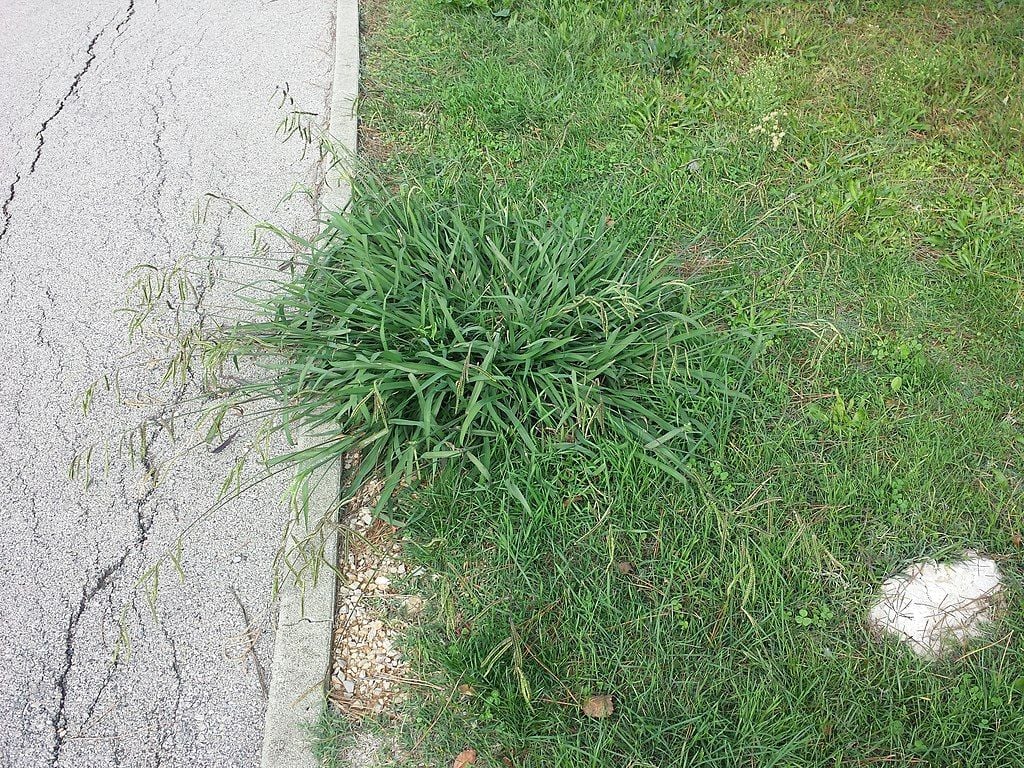
When it comes to having the best lawn on the block, spring lawn weeds are a major source of frustration. Although some weed growth is always inevitable (particularly in our hot and dry climate), they are a nuisance and you want to do whatever you can to get rid of them.
Of course, that’s easier said than done. Unfortunately, many of the common spring weeds in North Texas are quite persistent and can be difficult to control. You may have even found yourself in a situation where you felt like you did everything you could—and the weeds just kept coming back.
It may have felt like a never-ending battle in the past but fortunately, there are answers. We’ve put together this helpful guide to help get you on your way to winning that battle against spring lawn weeds in Texas.
When it comes to controlling spring weeds in your lawn, the first step is to understand exactly what you’re dealing with. Certain weeds are more common in our region than others and being able to identify what’s growing in your lawn will help get you started with effective control.
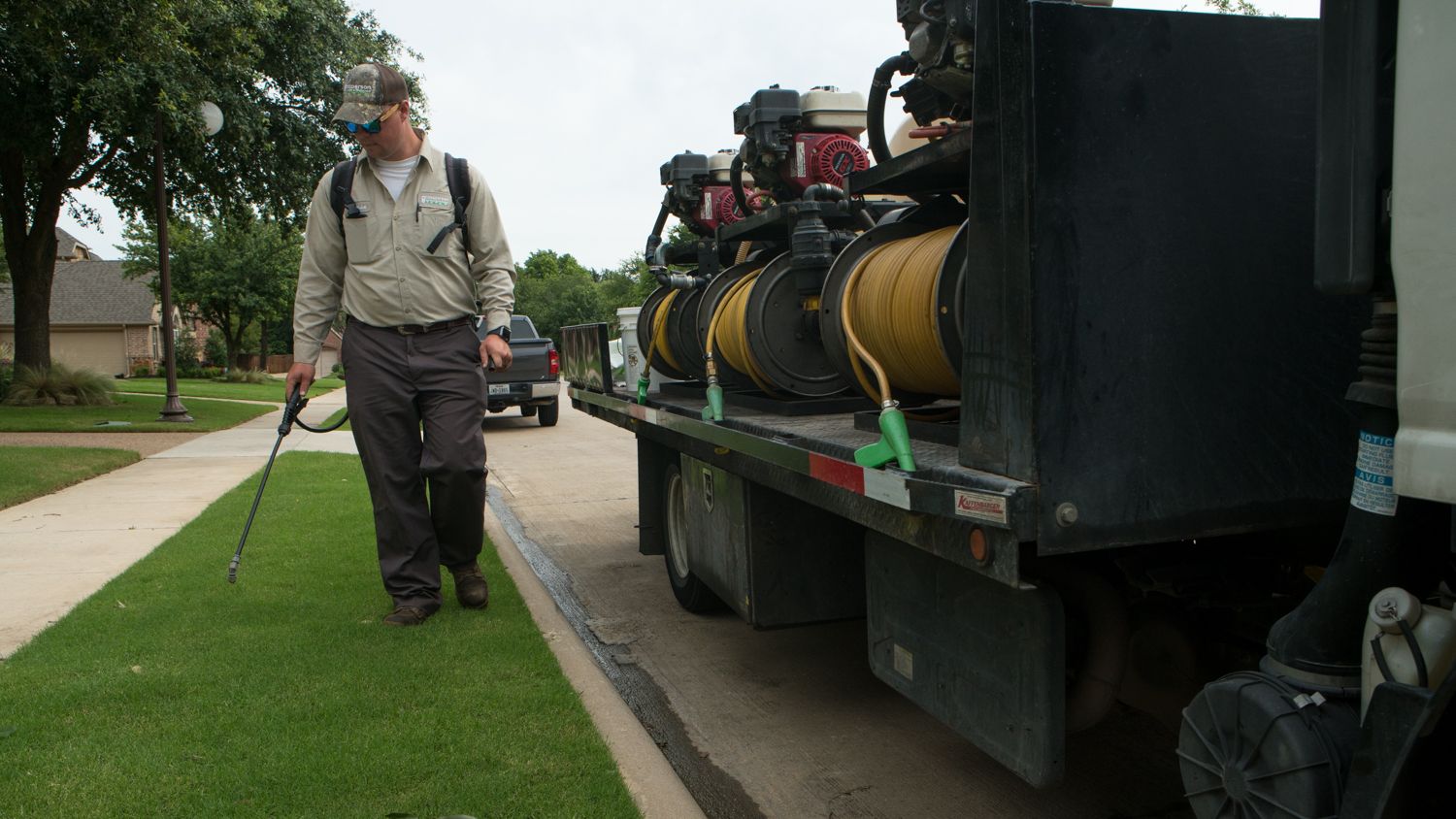
That’s why we’ve rounded up a list of the most common North Texas spring lawn weeds. There’s a very good chance you have at least one of these lurking in your lawn.
This weed can grow fast and get very tall if not well-controlled. In its early stages, it looks similar to a dandelion although it is purplish in color. Thistle has jagged leaves and long spines.
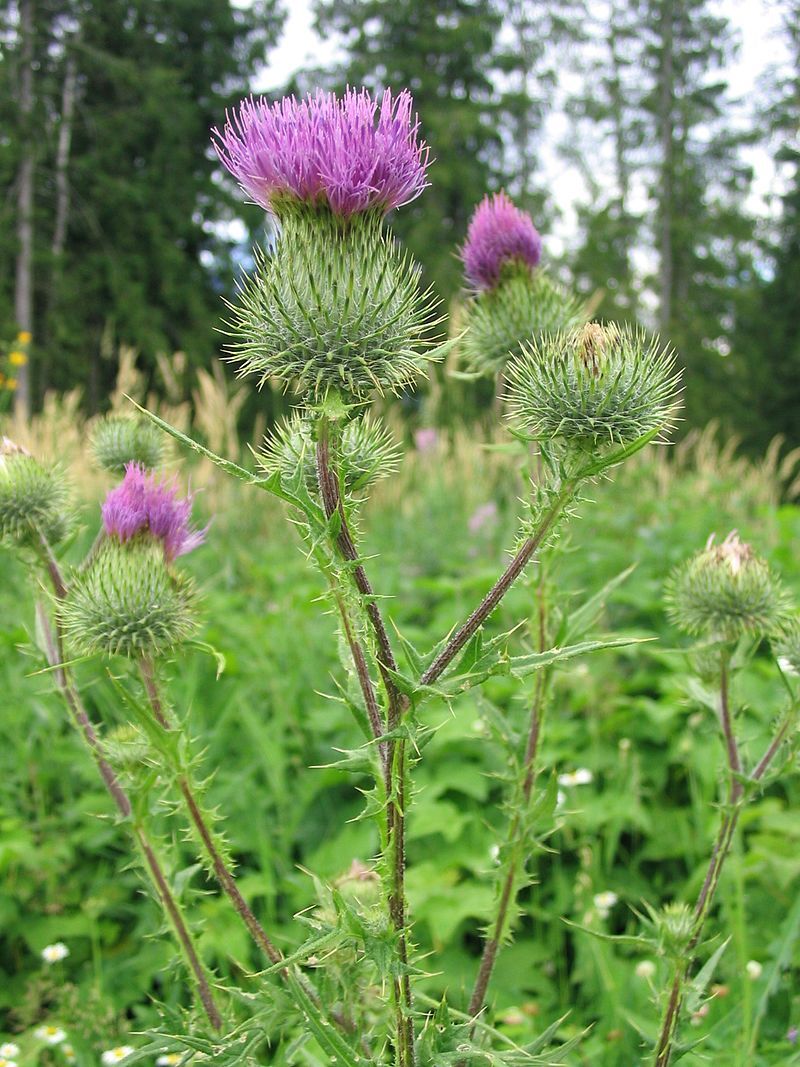
This weed is aggressive and difficult to control, even with weed control products. Multiple applications will be needed and sometimes thistle has to be dug up to be fully addressed.
This notorious grassy weed is one of the most hated—and it’s easy to understand why. Crabgrass can multiply rapidly and be incredibly difficult to get rid of. Although there are a wide variety of crabgrass species out there, the two we deal with most often are smooth crabgrass and hairy crabgrass. Both emerge in mid-spring, reproduce prolifically during summer, and are killed by the first frost in the fall.
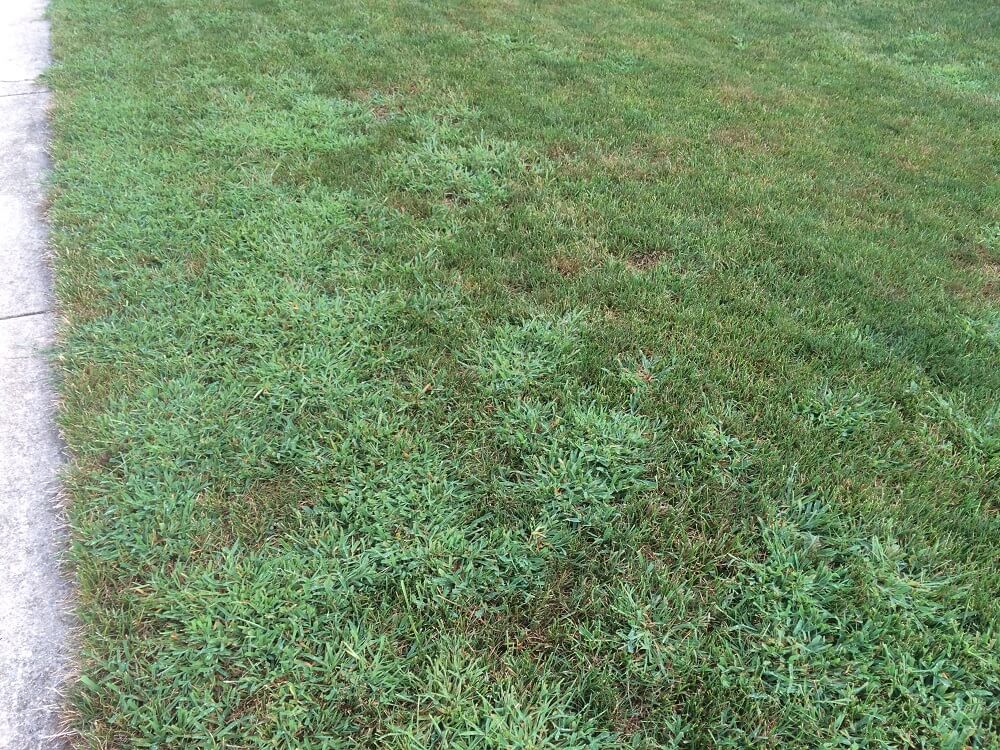
Crabgrass is best controlled with a pre-emergent product that will prevent seeds from germinating. Any breakthrough can be controlled with post-emergent crabgrass control.
Another hated grassy weed, dallisgrass prefers warm, moist areas of the lawn and tends to grow in coarse clumps, which makes it stick out like a sore thumb. Dallisgrass is a warm-season perennial that grows deep roots, making it difficult to get rid of. It has a distinct, grayish-green hue.
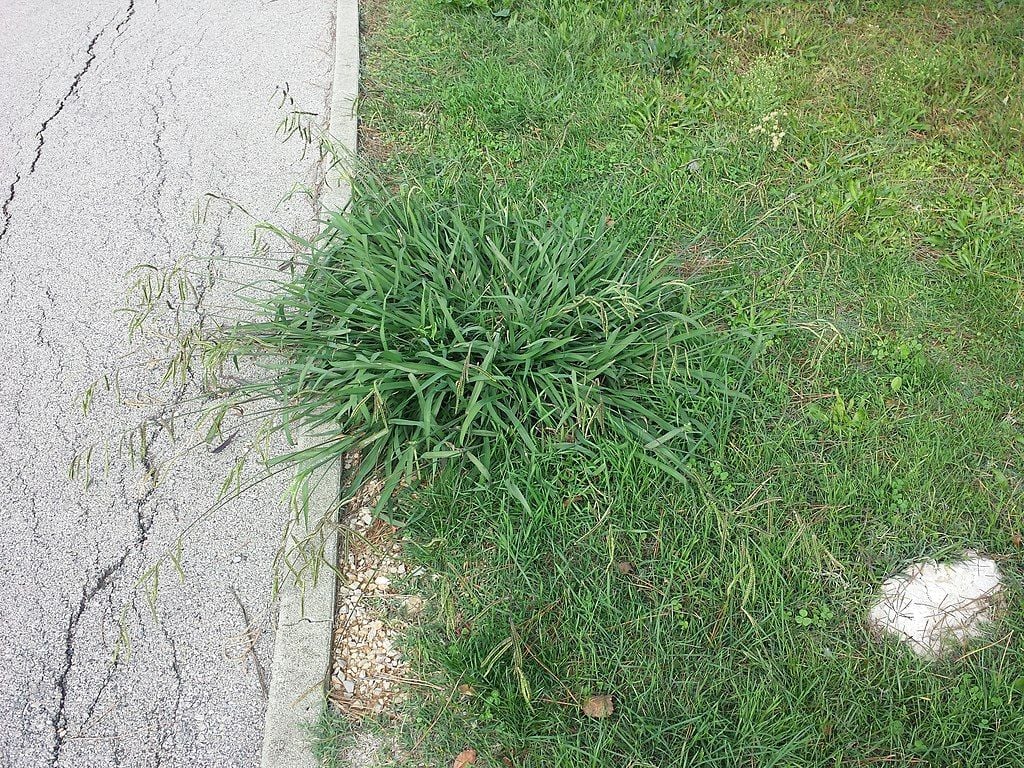
Dallisgrass is best controlled with post-emergent weed control but will take several rounds due to its aggressive nature.
Also commonly known as “nutgrass,” nutsedge is a perennial weed with a triangular stem and foliage that sprouts in groups of three. It’s another weed that prefers moist areas of the lawn and it can grow rapidly when the weather starts to heat up. Nutsedge reproduces through underground tubers (often called “nutlets”) and is distinguished by its bright, almost neon, green color.
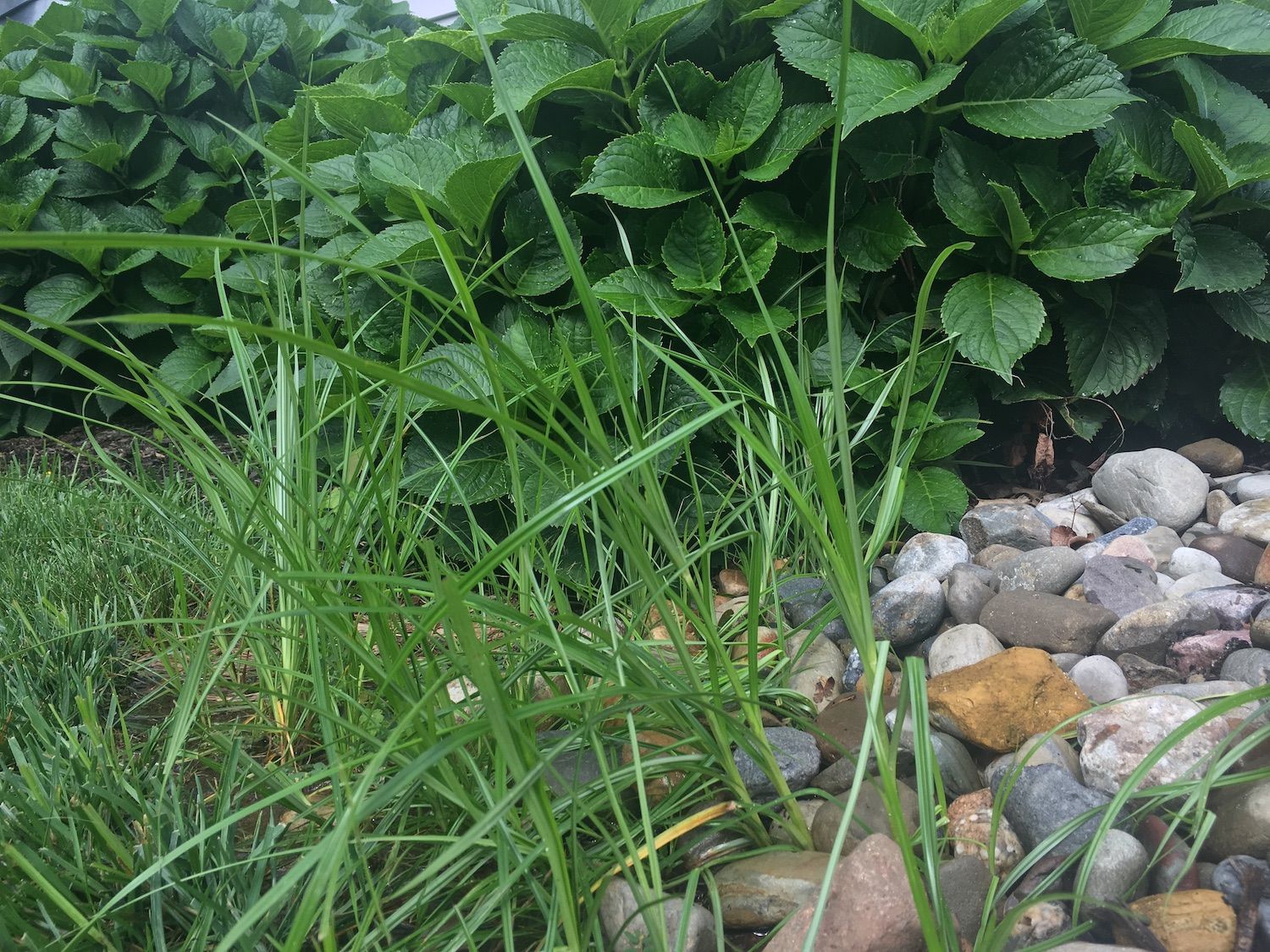
Unfortunately, when it comes to controlling spring lawn weeds, nutsedge is on the “difficult to control list.” But it can be targeted with specialized products. Because it is such an aggressive grower, it will require repeated control.
Clover is a perennial weed that grows low to the ground in a creeping manner. That means it develops roots anywhere that a stem node touches the ground. This white-flowering weed tends to fill in sparse areas where healthy turf isn’t already thriving. One of the most annoying side effects of having clover in your yard is that it attracts bees, making it risky to walk barefoot without getting stung.
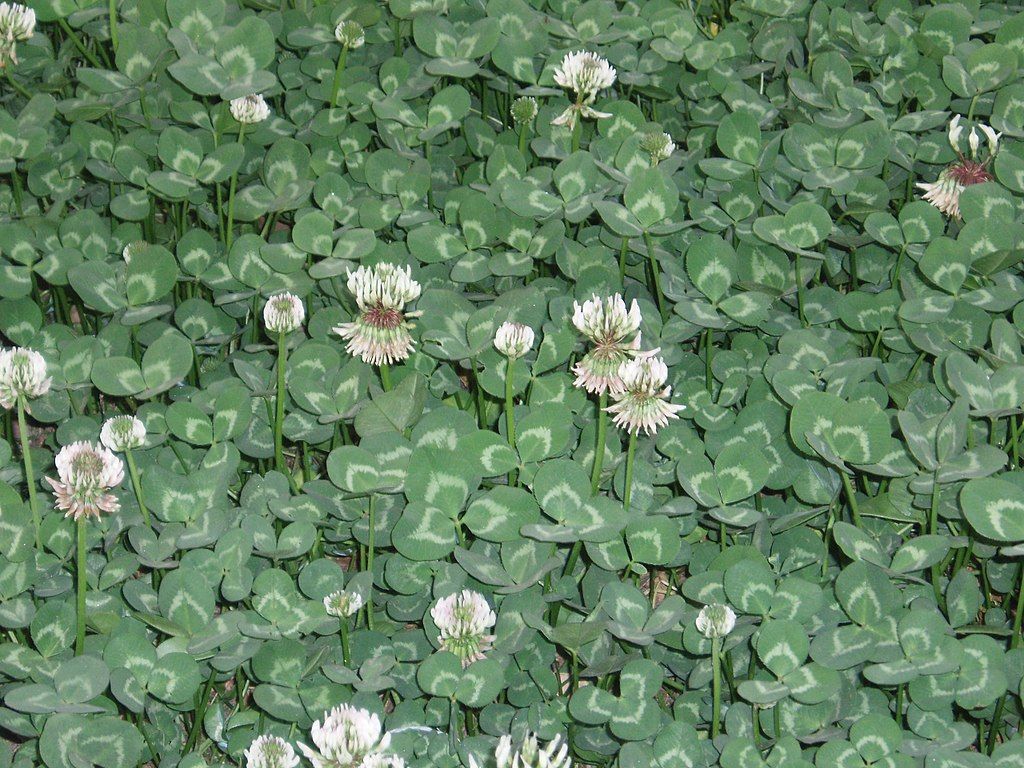
Fortunately, in terms of control, clover is relatively easy to address with selective, liquid broadleaf weed control.
This bright yellow weed is almost synonymous with spring! As soon as the weather starts heating up, you generally start seeing pesky dandelions pop up. Unfortunately, dandelions are both fast-growing and incredibly hardy.
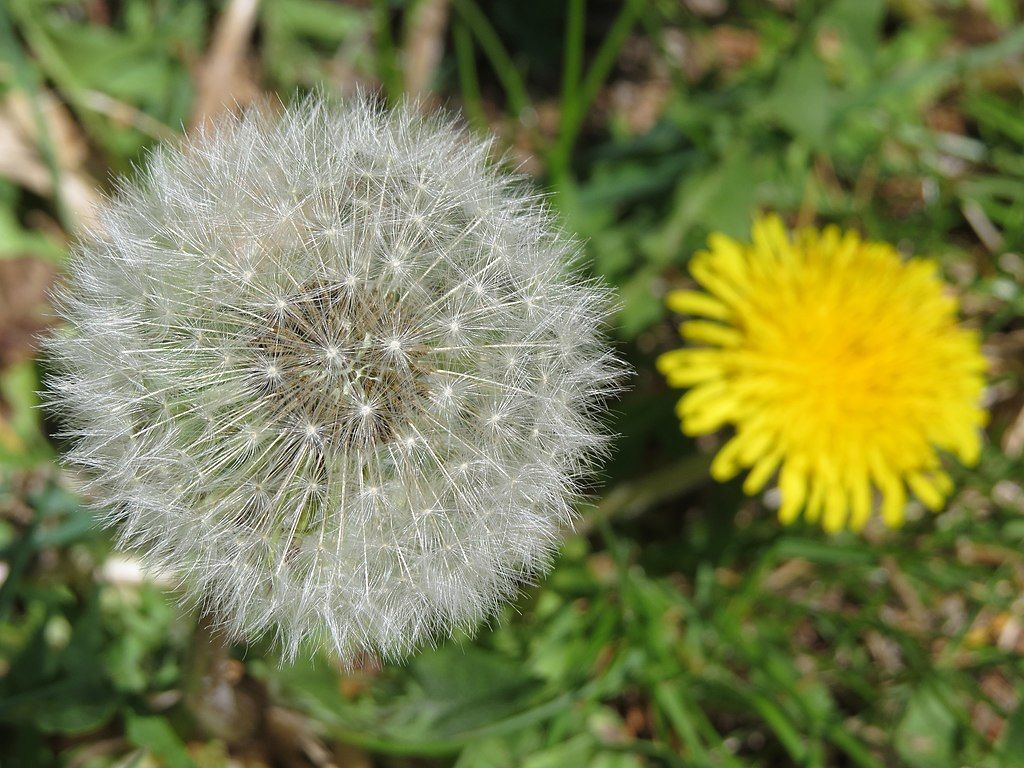
Despite all of that, dandelions are relatively easy to control with selective, liquid broadleaf weed control applied during active growth.
This common spring lawn weed is part of the mint family and is characterized by its square stems.
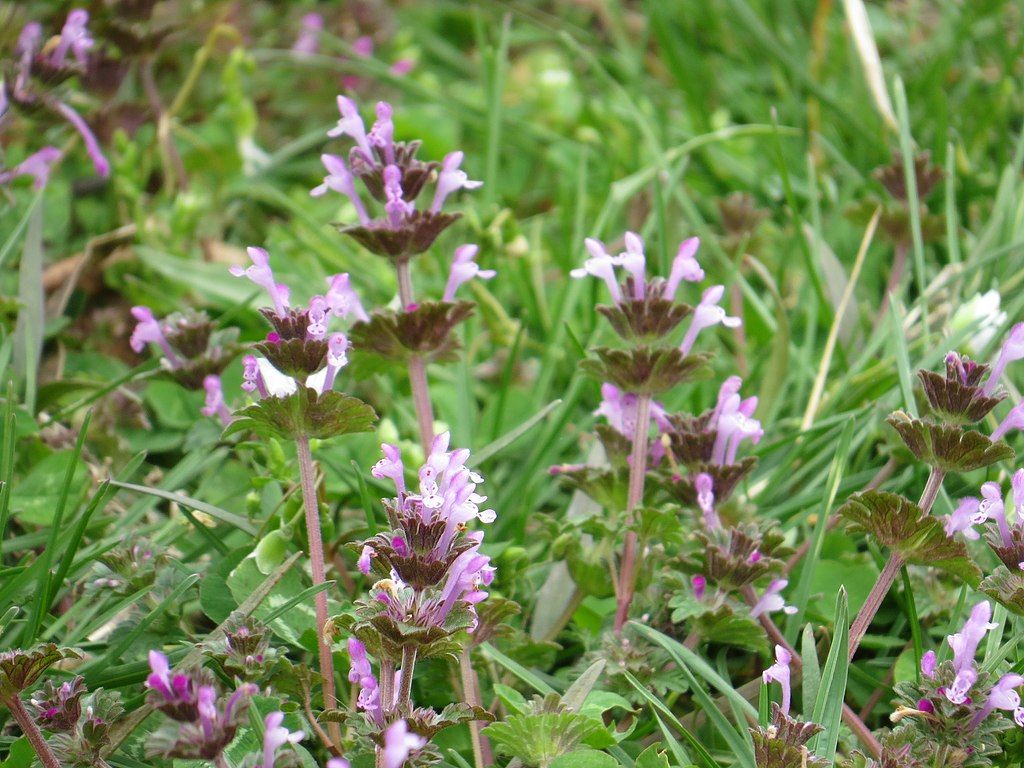
Henbit is going to thrive in thinner areas of the lawn where your healthy turfgrass is not thriving. It can be treated with selective, liquid broadleaf weed control.
As you can see, controlling spring lawn weeds is more than just putting down some product and assuming it will work on everything. It requires a varied approach that is part of a customized plan, developed for your specific property. You want to be confident that you’re hiring a lawn care company that is switching up their products and using specialized controls as needed.

You also want a lawn care company that makes use of pre-emergent controls which can prevent many of these weeds from germinating in the first place.
Of course, as we mentioned above, a lot of these weeds thrive in bare spots in the lawn, where turfgrass is struggling. Because of this, a comprehensive, year-round lawn care program that promotes a healthy lawn is also going to go a long way in choking out weeds. Services such as fertilization and proper mowing help promote a lawn that can do a better job standing up to weeds.
By choosing a company like this, you can put those “weed worries” out of your mind and feel confident that the weeds aren’t going to win. The solution to a healthier lawn is out there and by choosing the right company, you can win the battle.
Don’t let weeds get the best of your lawn at your Flower Mound, Highland Village, or Lewisville, TX home. Get a free quote and get ready to enjoy the best lawn on the block!
Image Sources: thistle, dallisgrass, white clover, dandelion, henbit
These Stories on Lawn Care